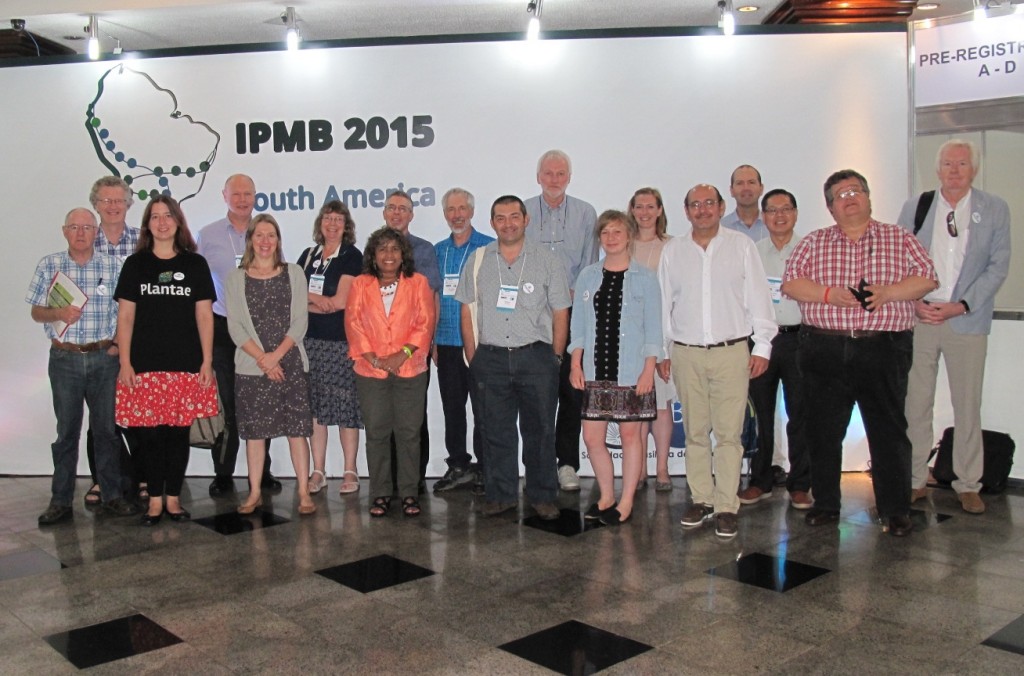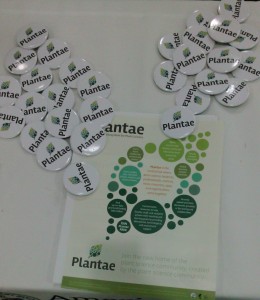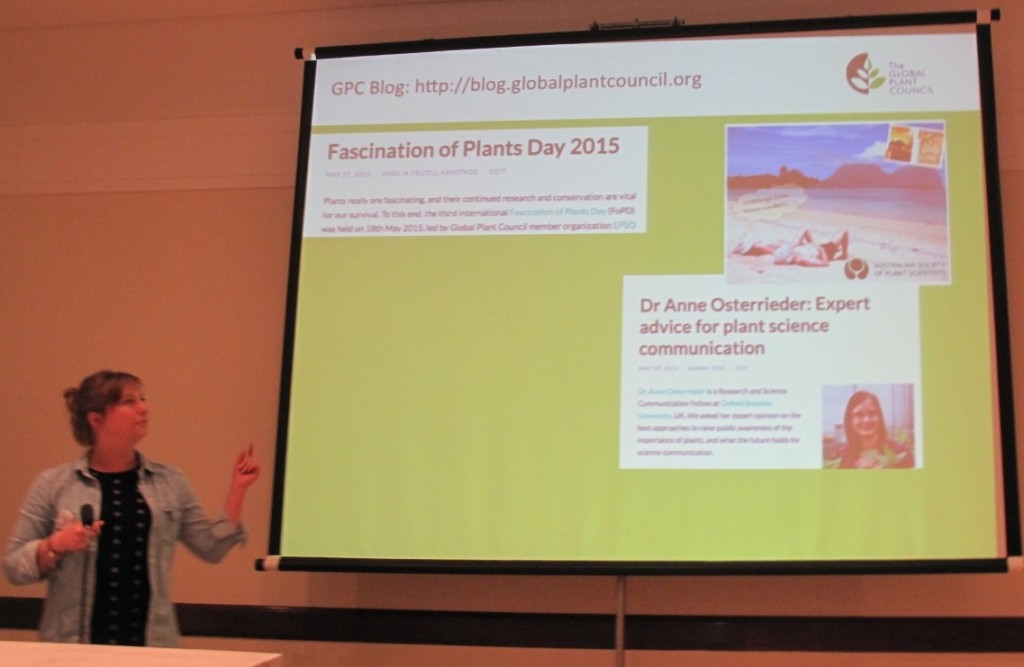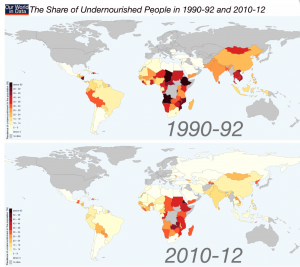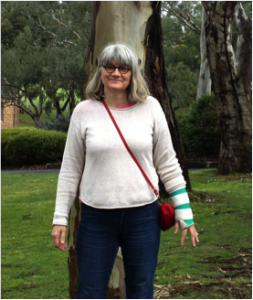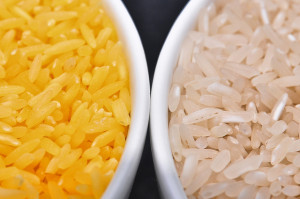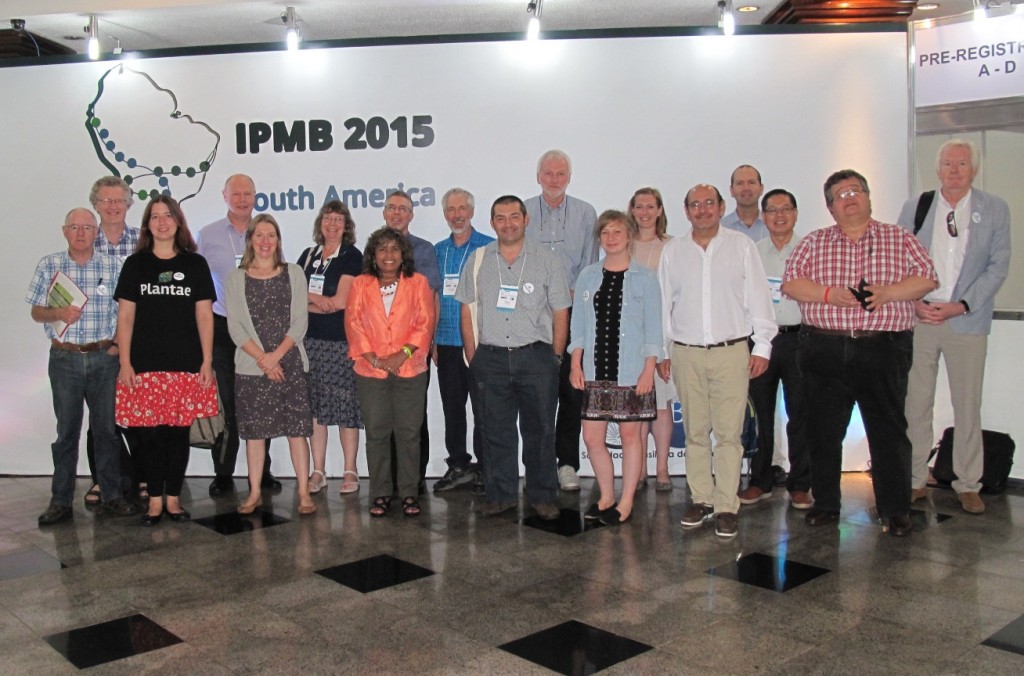
The content of the Global Plant Council’s Annual General Meeting was summed up by outgoing Chair Professor Wilhelm Gruissem’s opening remarks: “We have made a lot of progress and accomplished many things, but we still have much work to do”. With many exciting initiatives in the works, the GPC AGM looked back at a year of success and forward to even greater things to come.
The meeting, held in Iguassu Falls, Brazil, brought together representatives from many of the 29 member organizations to discuss the progress made on the GPC initiatives in the past year.
Plantae.org
The GPC has been working with the American Society of Plant Biologists (ASPB) to create Plantae.org, a digital ecosystem for the plant science community. It will serve as a resource hub and networking platform, with news, information, funding and job opportunities, educational materials and outreach resources all in one place. For more information, read GPC Outreach and Communications Manager Lisa Martin’s post about Plantae here.
If you would like to register to become a beta tester for Plantae and give valuable feedback on the way the system works, sign up at www.plantae.org. Plantae is due for full release in 2016.
Educational resources
We also teamed up with the Gatsby Charitable Foundation’s Plant Science Tool for Research-Engaged Education (TREE), an online teaching tool providing everyone with inspirational educational resources from the research community. Thanks to our international members, the GPC has begun to translate these resources into other languages to make them more accessible to lecturers, teachers and students around the world.
A big thank you to GPC intern Maura Di Martino, Professor Edith Talensik (Argentinean Society of Plant Physiology/Sociedad Argentina de Fisiología Vegetal, SAFV) and Marília de Campos (Portuguese Society of Plant Physiology/Sociedade Portuguesa de Fisiologia Vegetal, SPFV), who translated four free-to-access TREE research lectures into Italian, two into Spanish and two into Portuguese.
We’ve also collaborated with the popular Teaching Tools in Plant Biology, run by the ASPB, to translate materials into Portuguese with the help of Drs Nelson Saibo, Ana Paula Santos and Professor Cândido Pinto Ricardo of the SPFV.
DivSeek
 Diversity Seek (DivSeek) is a community-driven, science-based initiative that aims to unlock the potential of crop diversity stored in seed banks around the world. It is jointly facilitated by the Global Crop Diversity Trust, the Secretariat of the International Treaty on Plant Genetic Resources for Food and Agriculture (FAO), the CGIAR consortium, and the GPC.
Diversity Seek (DivSeek) is a community-driven, science-based initiative that aims to unlock the potential of crop diversity stored in seed banks around the world. It is jointly facilitated by the Global Crop Diversity Trust, the Secretariat of the International Treaty on Plant Genetic Resources for Food and Agriculture (FAO), the CGIAR consortium, and the GPC.
During 2015, over 50 partners came together to officially launch DivSeek and bring together large-scale genotyping and phenotyping projects, computational and data standards projects. Our aim is to establish DivSeek as a common umbrella to connect and promote interactions between these activities and establish common state-of-the-art techniques for data collection, integration and sharing. This will improve the efficiency of each project by eliminating redundancy and increasing the availability of data to researchers around the world. Read more about the project here.
In connection with the DivSeek initiative, the GPC is conducting a landscaping survey of large-scale genotyping and phenotyping projects linked to crop diversity around the world. If you’re involved in a project of this type, which we might not know about, please get in touch!
Biofortification
Malnutrition is a major global problem that may be tackled in part by the development of crops with improved nutritional value. There are several international projects underway attempting to do just that, and the GPC’s Biofortification initiative was established to act as an advocate for this research, identifying gaps in the current programs and liaising with key stakeholders to ensure major nutritional needs will be met by a coordinated approach.
Last year’s GPC Biofortification Forum meeting generated a set of 10 recommendations, which has been drafted into a white paper and will be finalized by the end of the year. This document has already drawn attention from a number of stakeholders interested in working with the GPC.
Stress Resilience
Just a few days before the GPC AGM, we teamed up with the Society for Experimental Biology (SEB) to hold a Stress Resilience Forum in Iguassu Falls, Brazil. The event brought together experts from around the world, representing a diverse range of research organizations. The three-day meeting generated a lot of exciting discussion which will be translated into a forthcoming report, establishing GPC as an integrator and facilitator in the field of stress resilience in crops.
Welcoming our new Executive Board
From the 1st November 2015, we welcomed a new Excutive Board to provide leadership and strategic direction for the GPC:
Chair: Barry Pogson, Australian Society of Plant Scientists
Vice-Chair: Ariel Orellana, Chile’s National Network of Plant Biologists
Treasurer: Vicky Buchanan-Wollaston, Society for Experimental Biology
Board Member: Carl Douglas, Canadian Society of Plant Biologists
Board Member: Yusuke Saijo, Japanese Society of Plant Physiologists
Thanks for a great year!
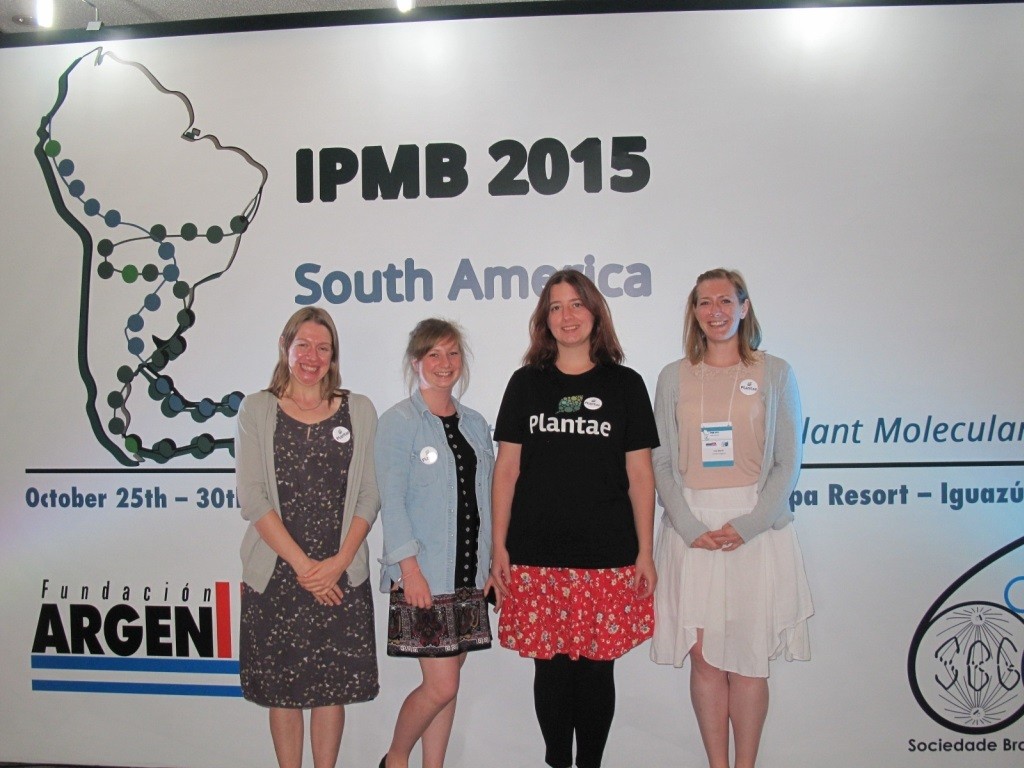
Thanks to all from the GPC team! From left to right: Ruth Bastow (Executive Director), Amelia Frizell-Armitage (New Media Fellow), Sarah Jose (New Media Fellow) and Lisa Martin (Outreach and Communications Manager).


